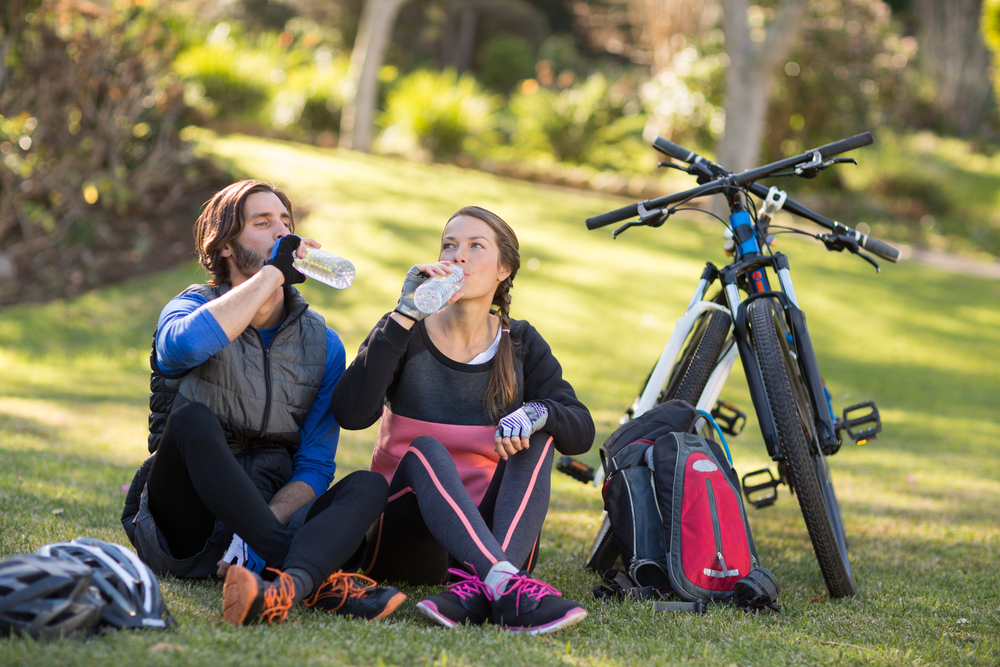Opening Scene: A Glimpse into the Future
Imagine a bustling schoolyard in the year 2034. Children, brimming with energy, engage in their morning routines. Amidst the laughter and playful shouts, something unique is happening in schools across the globe: students are practicing the fundamentals of the Alignment First Protocol (AFP).
The Problem: Today's Health Crisis
Today, we face a health crisis unlike any other. Postural problems, chronic pain, and opioid addiction plague millions worldwide. Many of these issues begin from a young age, evolving and growing over time. Traditional methods of dealing with these problems have proven insufficient, leaving many in a cycle of frustration, disability, and pain.
The Vision: Early Education and Prevention
In this future, we have reframed our approach to health education. Recognizing that early intervention is key, schools worldwide have integrated AFP fundamentals into their curricula. From kindergarten to high school, children learn about their bodies, the importance of proper posture, and healthy movement.
The Daily Routine: Practical Application
Each day begins with a 15-minute session dedicated to AFP exercises. Teachers, trained in the protocol, guide students through movements designed to create healthy posture and promote lifelong habits of healthy movement. These exercises are not only corrective but also enhance students' focus and readiness to learn.
The Impact: A Healthier Generation
As a result, we witness a generation growing up with a profound understanding of their bodies. These children, now teenagers, exhibit fewer incidences of chronic pain or athletic injury. They carry this knowledge into adulthood, significantly reducing the prevalence of posture issues and joint replacement surgeries in society.
Addressing Individual Needs: Beyond the Classroom
However, despite this early education, some individuals will still encounter problems. Their unique needs, learning styles, posture patterns, and degrees of health, mobility, and vitality mean that a one-size-fits-all approach is not always enough. For these individuals, the journey continues with tailored solutions.
The Body Mechanic’s Handbook: A DIY System
For those seeking to take charge of their health, the Body Mechanic’s Handbook offers a DIY approach. It empowers individuals with the knowledge and tools to address their own postural issues and back pain. This resource is invaluable for those who prefer to learn and practice independently.
Practical Rehab Video Course: Guided Support
Yet, some find that they need more structured guidance. For these individuals, the Practical Rehab video course provides a step-by-step program, offering a more interactive and supportive experience. This course is ideal for those who benefit from visual instruction and a more communal learning environment.
Personalized Care: One-on-One Consultations
For others, even more personalized care is necessary. Whether through in-clinic visits or one-on-one video consultations, these individuals receive tailored plans of corrective care. This level of attention ensures that their unique needs are met, providing them with the most effective strategies for their specific conditions.
Learning from Mistakes: Designing a Healthier Future
If joint replacement surgeries and opioid addictions are epidemic today, let's learn from our mistakes and design a future where more physicians are healthy living advocates, not health crisis workers. By understanding the principles of biomechanics and the scientific method, every human body can be treated as a dynamic experiment, optimizing health through informed, proactive care.
The Broader Implications: Community and Beyond
The ripple effects of this initiative extend beyond individual health. Families adopt these practices at home, fostering a culture of wellness. Communities grow stronger, with lower healthcare costs and a more active population. Employers notice higher productivity and fewer sick days as the workforce, educated from a young age in AFP principles, enjoys better health.
The Global Movement: Aligning the World
This vision doesn’t stop at the borders of one country. It’s a global movement. International health organizations recognize the value of AFP, advocating for its inclusion in schools everywhere. Countries collaborate, sharing research and best practices to continually refine and enhance the program.
Closing Scene: A Future We Can Build
As we look back from this future, we see the pivotal role that the Alignment First Protocol has played in transforming health education. It started as a visionary idea, championed by those who understood the importance of alignment in overall health. Today, it is a cornerstone of education, shaping healthier, more aware generations.
Is this crazy talk? I don't think so. This is a future we can build together. By integrating AFP into our schools, and offering tailored solutions for those who need more support, we pave the way for a world where chronic pain and joint replacements are rarities, not norms. It’s a future where millions of children grow up with the tools they need to lead healthy, aligned lives, and everyone can find the level of support they need, regardless of their unique challenges.
Yours in health,
Geoff Dakin



